The record in question is lowest liquor to grist ratio
Just how stiff was this mash?
- 1.4 pounds water / pounds grain, or
- 1.4 L water / kg grain, or
- 6 pounds grain / gallon water, or
- 110 pounds grain with 18 gallons of water
How is this possible?
- Using a malt that contains almost no fines or husk material (Synergy Select Pilsen MaltGems®) we can greatly reduce the amount of water needed to maintain a fluid mash since the materials we removed would otherwise bind a disproportionate volume of water.
- In addition to reducing the total water needed for hydration, we slowly add grain to the mash to obtain continuous liquefaction:
- Mash viscosity will peak as the starch gelatinizes; eventually, the enzymes will break down the starch and the viscosity will be reduced.
- By gradually adding malt and fully liquefying it after each addition, we can maintain a fluid mash and slowly build our grist load.
- Using this concept of Continuous Gelatinization, we can achieve higher grist loading than could be managed in a Single Gelatinization (traditional) mash.
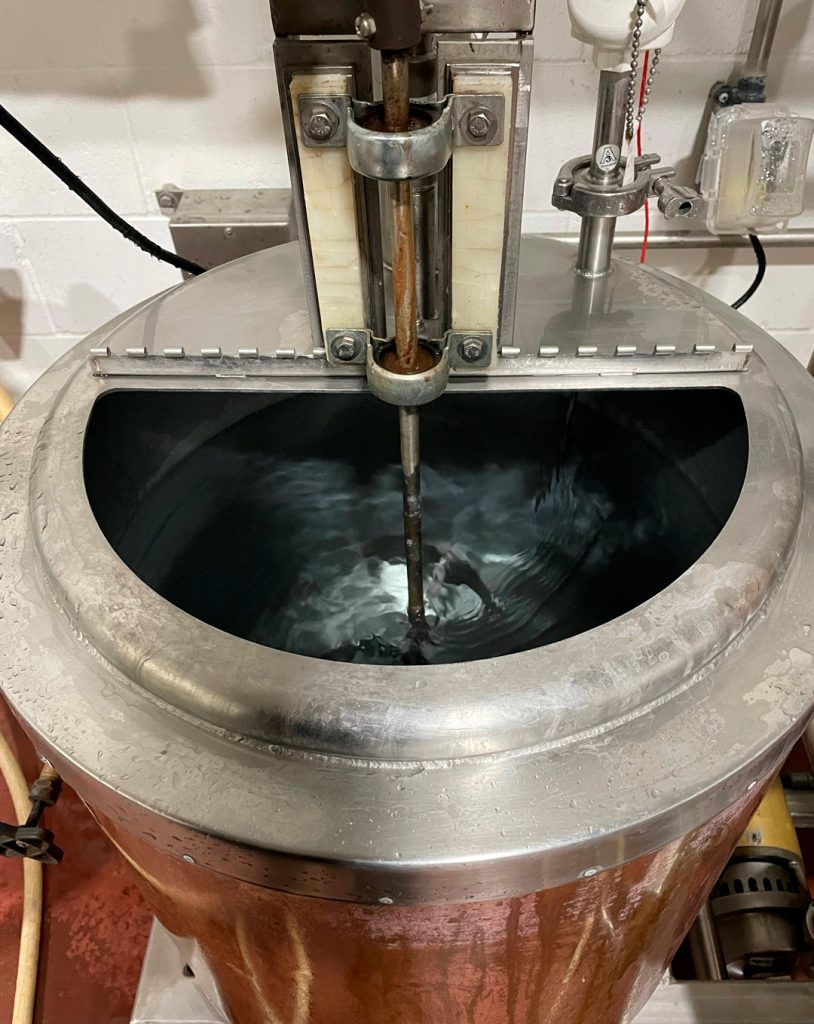 | 18 gallons of water in a 29-gallon agitated vessel |
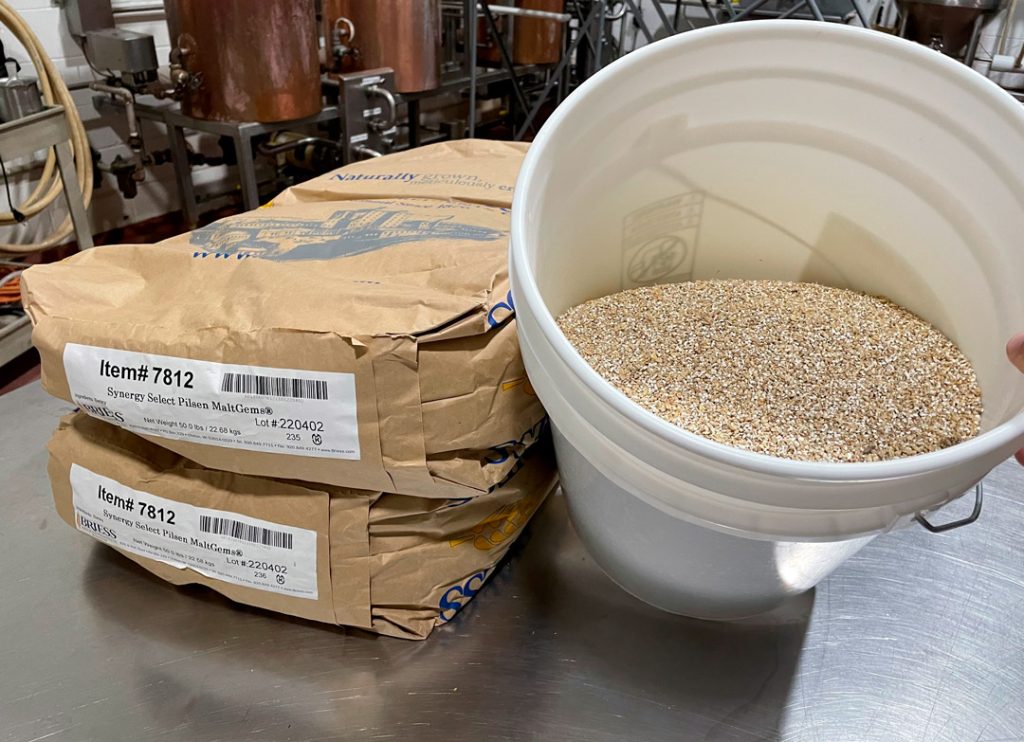 | 110 pounds of Synergy Select Pilsen MaltGems® |
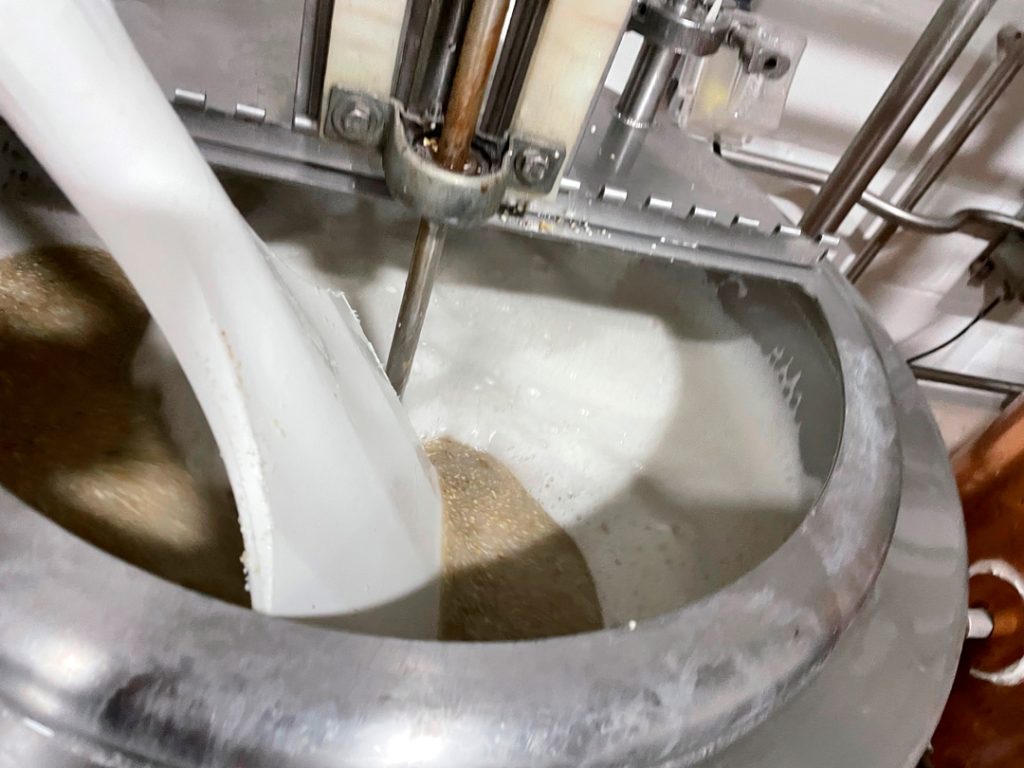 | 50 pounds of malt mashed in and step mashed at 144°F and 157°F |
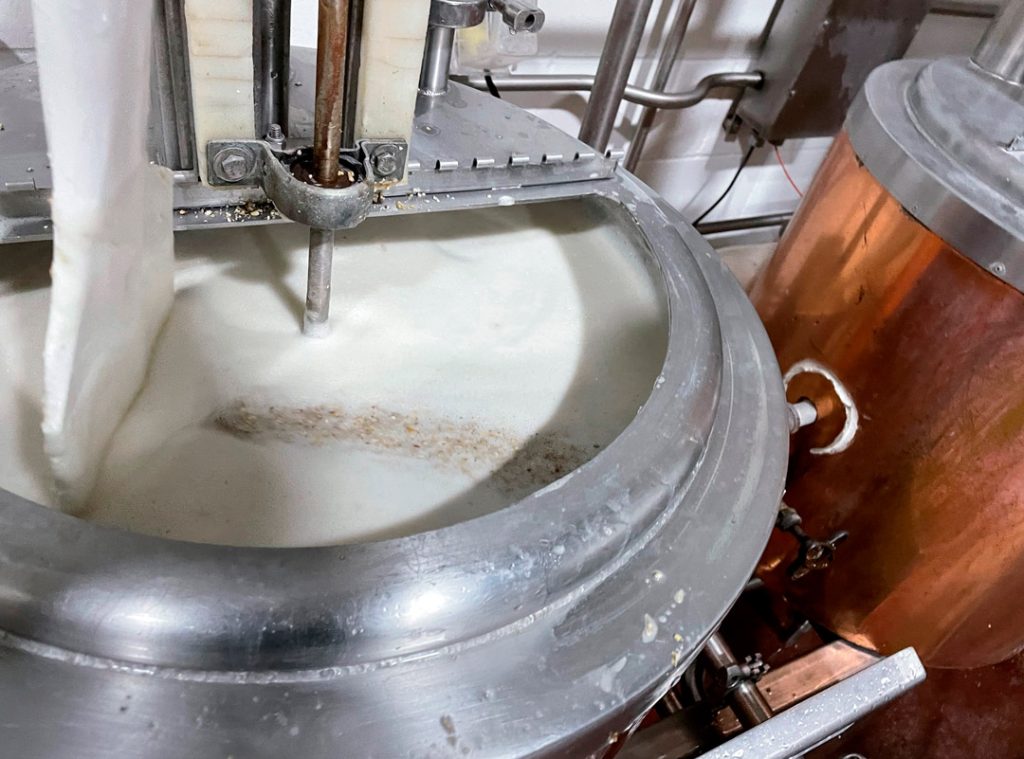 | Additional 27 pounds malt added, held at 152°F, then raised to 157°F. Total malt = 77 pounds |
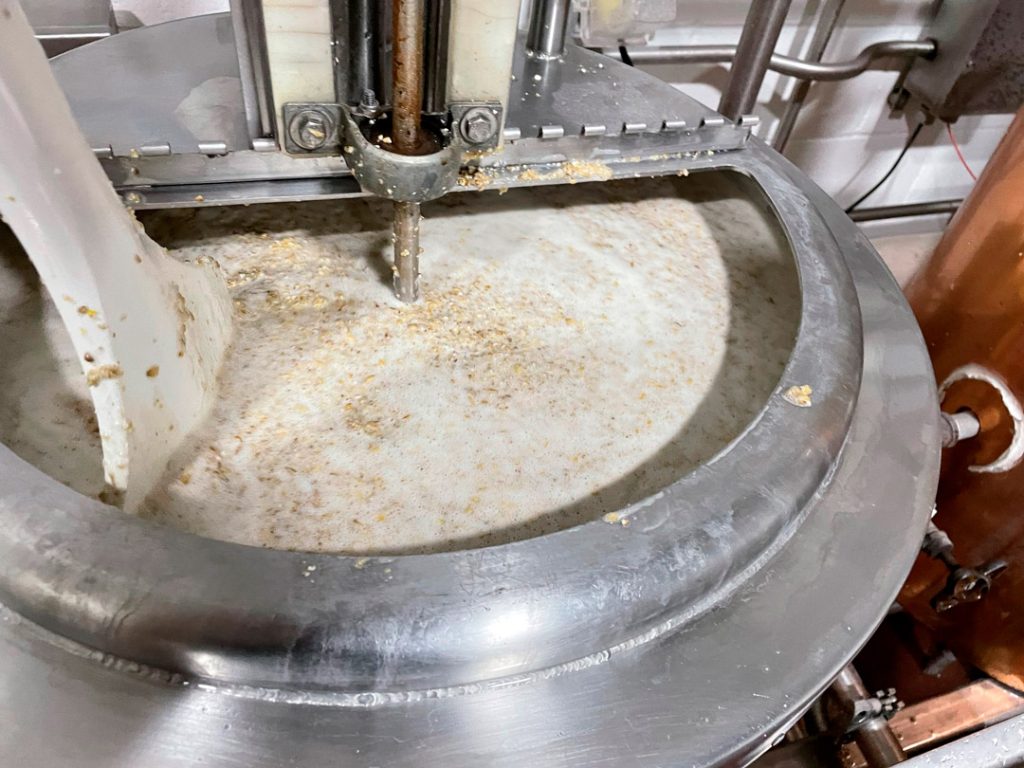 | Additional 23 pounds malt added, held at 154°F, then raised to 157°F. Total malt = 100 pounds |
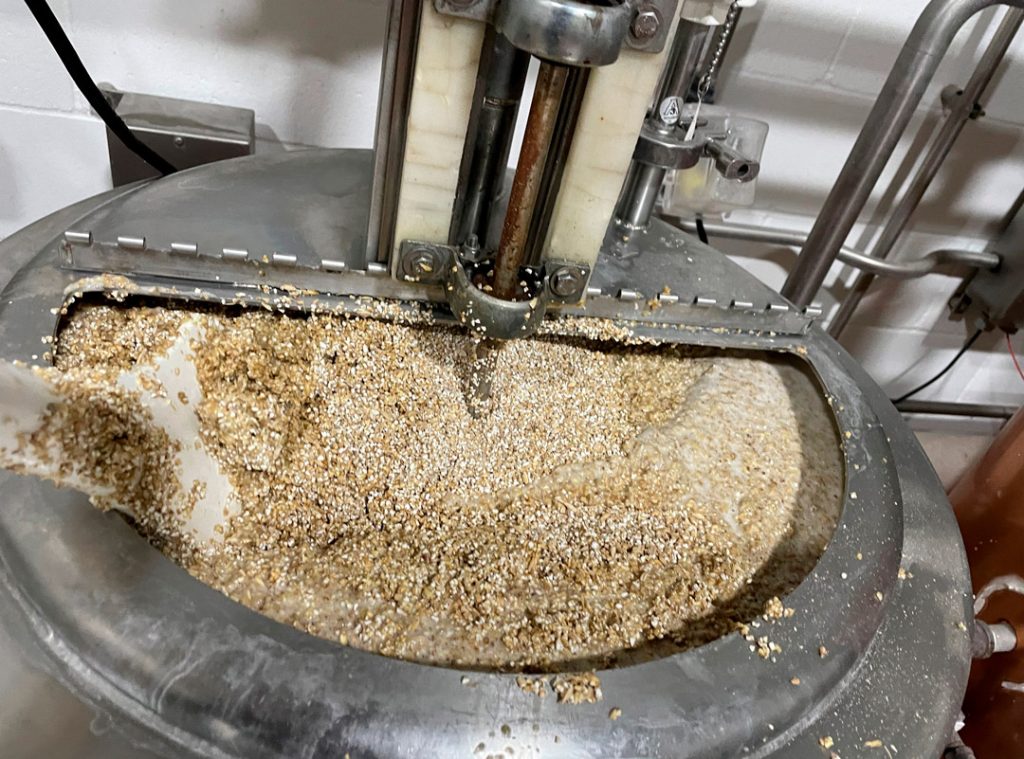 | Additional 10 pounds malt added; total malt = 110 pounds |
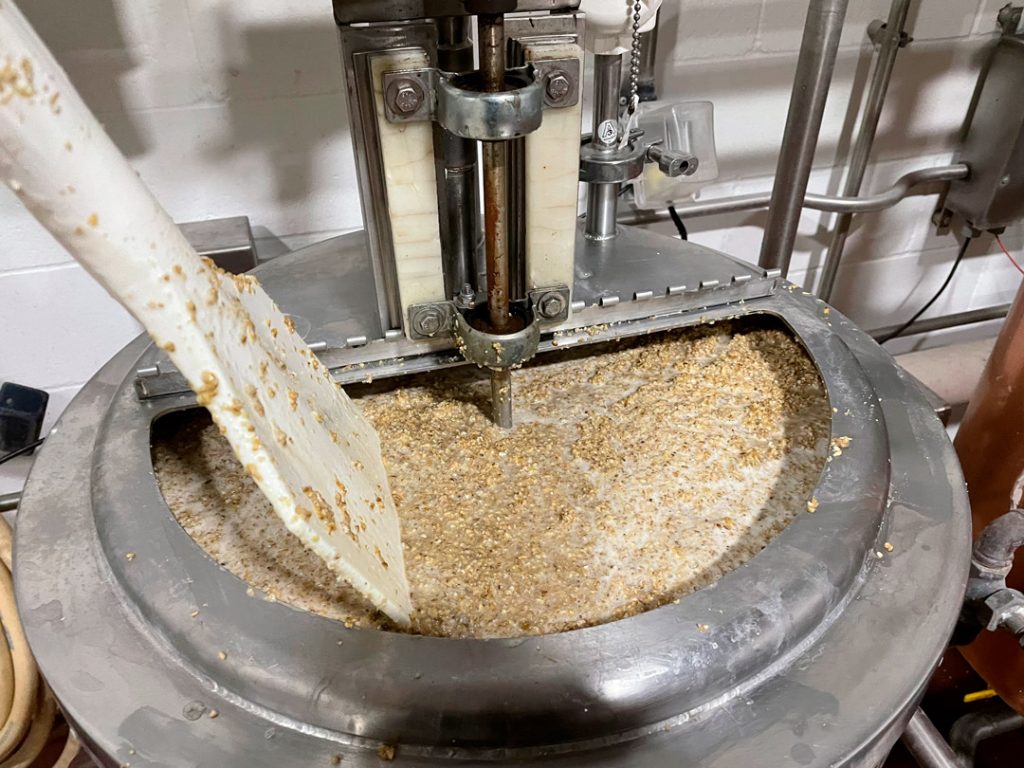 | Held at 157°F for 60 minutes prior to 170°F mash off. |
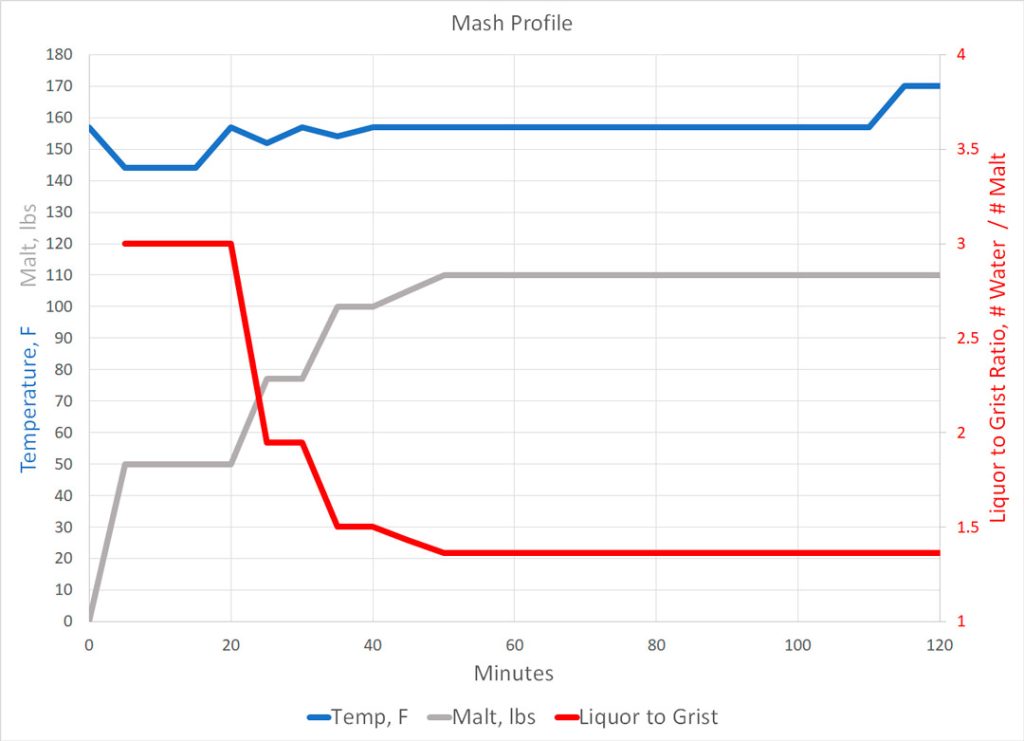 | Mash profile including malt additions and liquor to grist ratio |
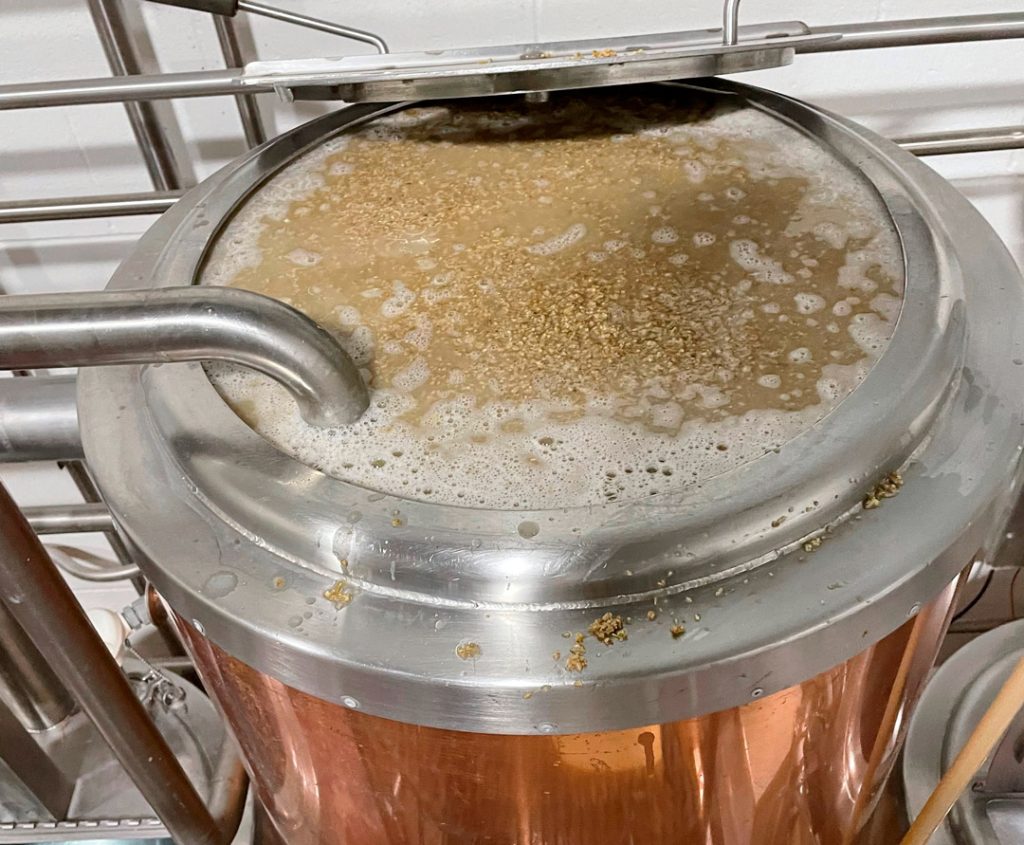 | Pumped the mash over to the lauter tun and started vorlauf and collection |
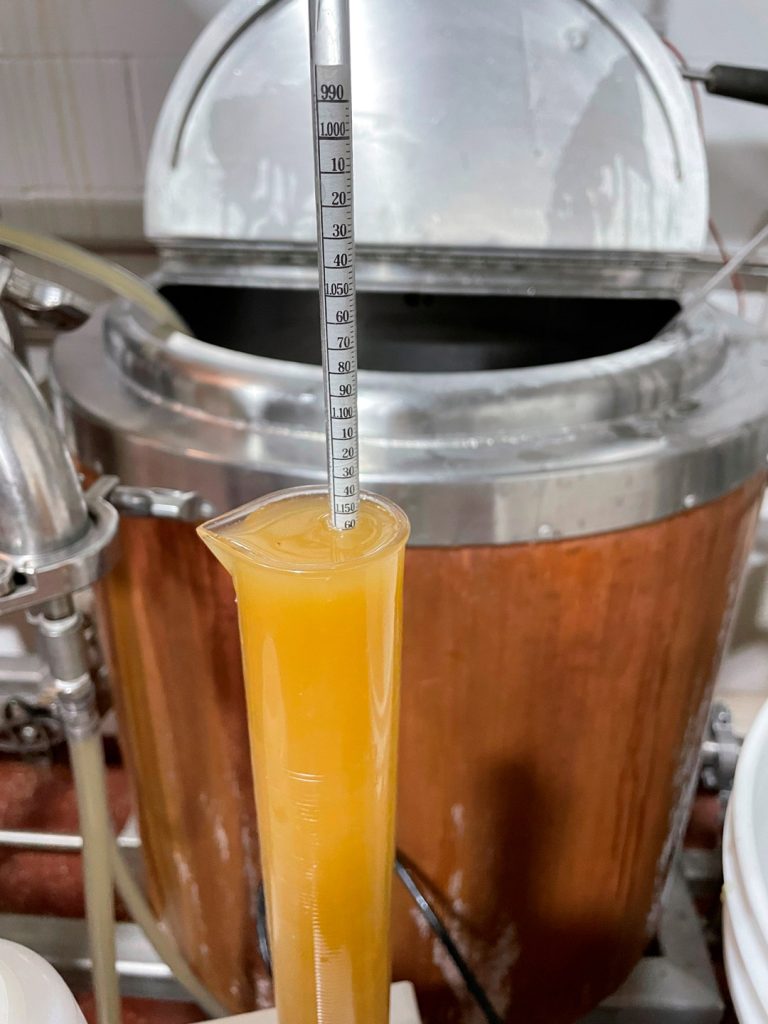 | First worts collected at 1.160 (36°Plato) |
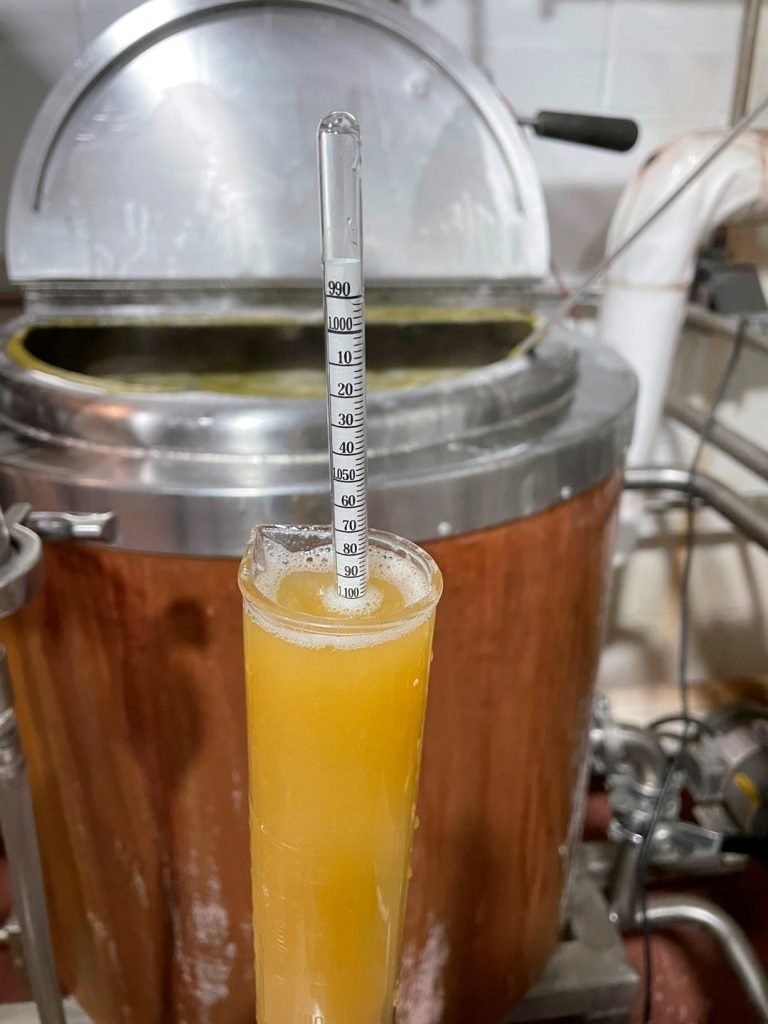 | 1hL (26.5 gallons) collected at 1.102 (24°P) |
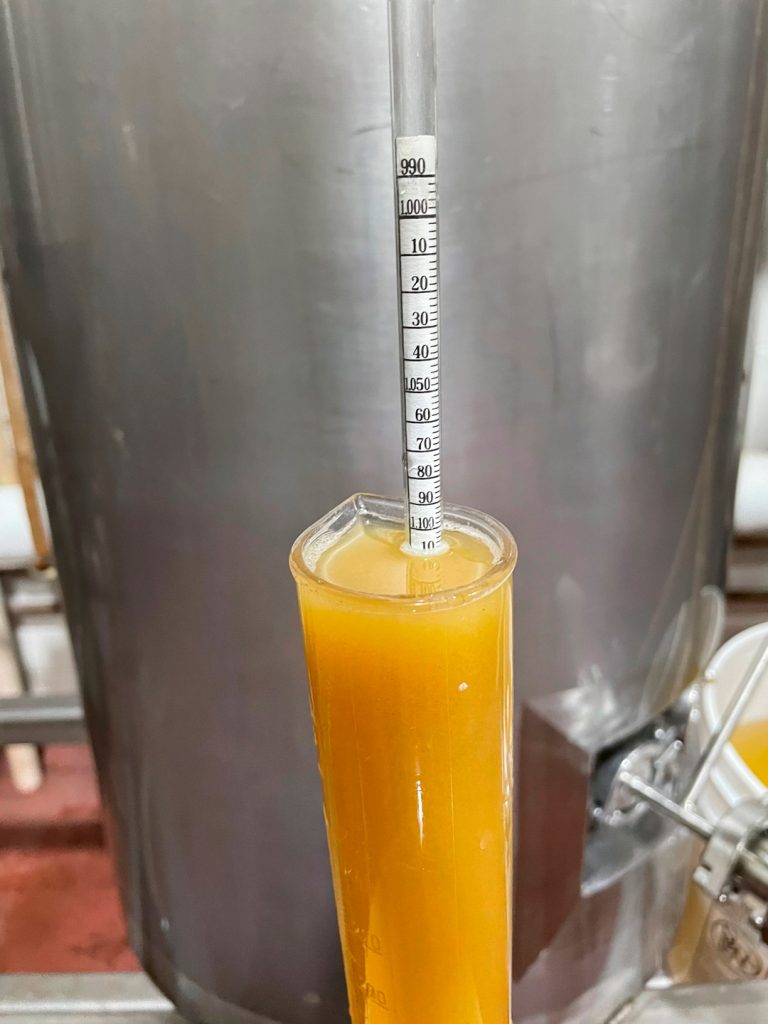 | 60-minute boil resulted in 24.5 gallons of wort at 1.110 (25.9°P) |
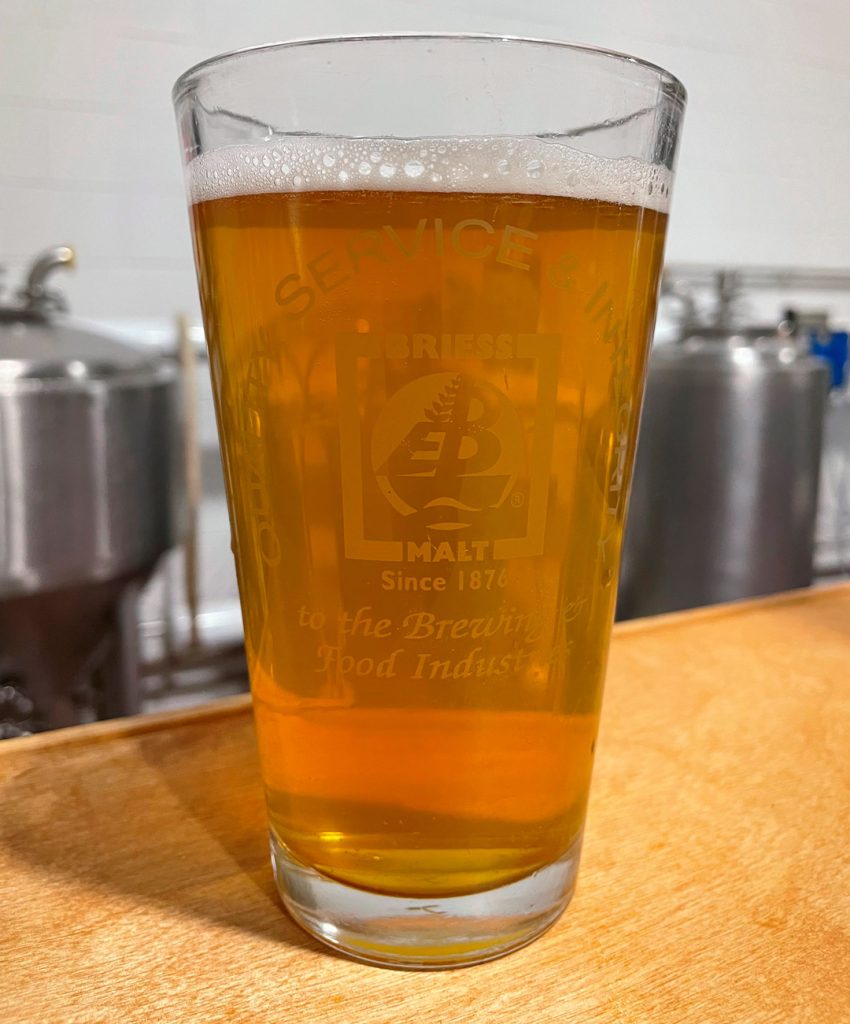 | Fermented with Dry English Ale Yeast resulting in a final gravity of 1.028 (calculated ABV 10.7%) and just 7 SRM. |
No Extract, Adjuncts, Reiteration Mashing, Extended Boiling, RO, or Distilling were involved in making this beer.
While high ABV beers are not uncommon, the methods employed in making this beer certainly are.
Cheers


